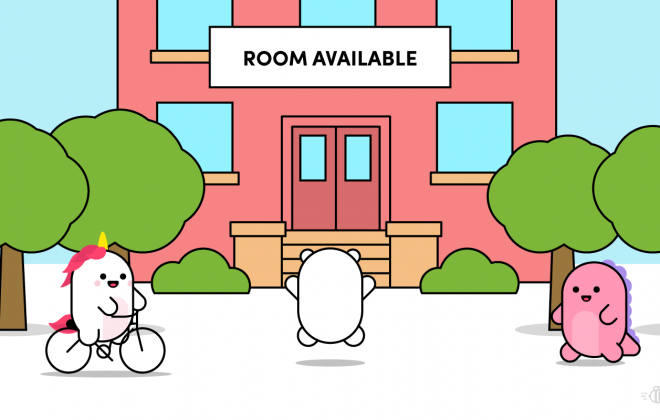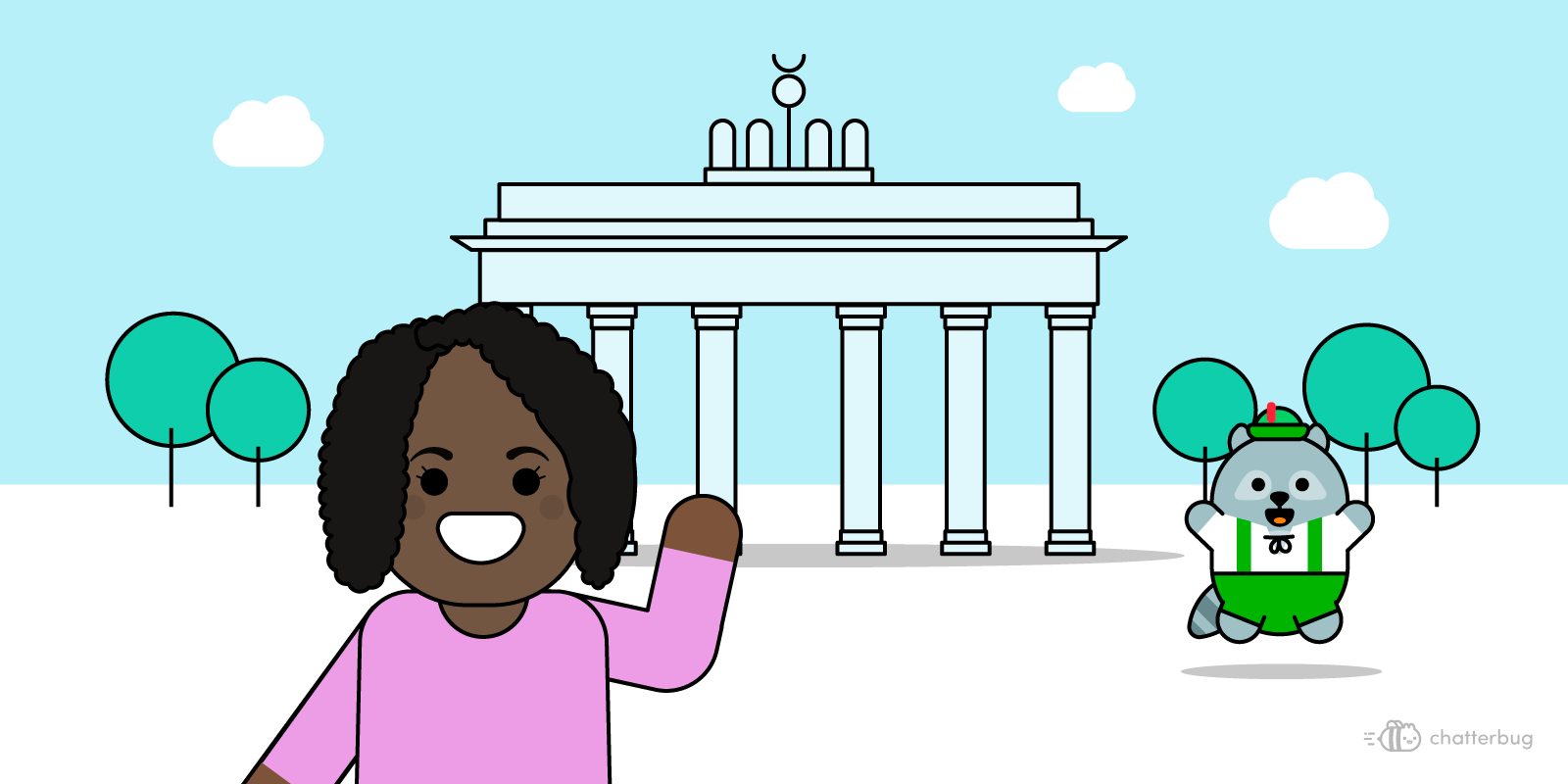How did the Berlin Wall Fall?
In the autumn of 1989, Berlin was about to be the setting of yet some more historic images that would be broadcast live around the world and become, like a few others during the 20th century, part of a whole generation’s collective memory and have an impact around the world.
The Berlin Wall, die Berliner Mauer, had become one of the most (in)famous symbols of the Cold War, splitting the city for almost 30 years, since 1961. What had begun as a barbed wire fence had evolved into an intimidating fortification, a 27 mile long line of not one but two walls, 12 feet high, with watch towers, armed guards, mined stretches of no-man’s land between the two walls, guard dogs and various other obstacles to prevent it being breached. East Germans that attempted to cross over to the other side did so at the risk of being shot, with 140 fatalities (99 shot dead) in total over the years.
Why was There a Wall in Berlin in the First Place?
But how did this monstrosity of a border come to be? The origins of the Berlin Wall and the rest of the so-called Iron curtain along the border between the states under the influence of the USSR and the West was in the antagonism between the two blocs. The number of people defecting to the West throughout the 1950s had become a growing concern in the Eastern Bloc, and this was particularly marked in Germany, where there was a net estimated emigration to the West of around 2.5 million people during this period. After the border had been officially closed in 1952, the easiest place to cross it was Berlin, which at the time was still militarily occupied by the United States, France and the UK in the west, and where no physical border was present. This situation posed a problem for East German authorities since they had a “leak” through which people could easily defect. In the eyes of the government of the German Democratic Republic and of the Soviet Union, the so called “brain drain” from the East to West, had to be plugged before it undermined the capacity of the East German state.
The border was already a physical obstacle elsewhere in between the West and East Germany, but East Germans kept crossing over in Berlin, from where they could travel freely to the West, so it was only a matter of time until an obstacle was created in Berlin as well. Nevertheless, until as late as the 15th of June 1961, this was denied in a famous press conference by the chairman of the State Council of the GDR, Walter Ulbricht, who claimed that “Niemand hat die Absicht, eine Mauer zu errichten” (“nobody has the intention of building a wall”).
Less than two months later, on the night between the 12th and the 13th of August, East German police blocked all the roads and railway lines going from East to West Berlin and erected a barbed wire fence blocking the way to the allied occupied sectors of West Berlin. Coming and going to and from West Berlin was no longer allowed without a very specific reason, and authorisation by the East German authorities was hard to come by. The border was nailed shut overnight without contemplations and quickly became harder and harder to cross without the authorisation of the East German authorities as it became fortified and quickly evolved from a fence to a guarded wall.
The Fall Began in Poland and in Hungary
For many years, the German Democratic Republic and its wall encircling West Berlin appeared to be a consolidated feature of the world, and in 1988, just a year before its fall, few could have predicted the events that would take place just a year after. What had been a terrifying fortification until October 1989, would begin to be torn down and be reduced to souvenirs for tourists just a month later.
The events leading to the fall of the Wall, the Mauerfall can be said to have begun in June in Poland and Hungary. In Poland, following sustained, year-long pressure by trade union movement Solidarność (Solidarity), ended up in elections being held on the 4th of June to constitute a legislature for the first time in years in what had, until April, been a communist one party state.
Shortly after, also in June, Hungarian soldiers began removing the fence that ran along the country’s border with Austria that had previously been electrified and declared that the border was open. The iron curtain suddenly had a gaping hole in it, and while it was still not legal for them to cross it, the lack of a physical barrier and the lower control it was subjected to by the Hungarian soldiers meant that there was now a relatively easy route for GDR citizens to the West. All they had to do was to go to Hungary on holiday, close to the Austrian border, and at some point sneak across. And they did – with around 30,000 East German “holidaymakers” in Hungary never returning to the GDR, but rather fleeing to Austria instead. This outflux prompted the GDR to stop issuing authorisations to travel to Hungary.
The Prague Embassy Crisis and the Peaceful Revolution
With permission to travel to Hungary denied, the last option East Germans had left was to travel to Czechoslovakia. And they did. By the end of September, hundreds found themselves living in cramped conditions on the grounds of the West German embassy in Prague, the fence of which they had climbed over. This is where they sought asylum while negotiations to allow them safe passage to West Germany were underway behind the scenes. Finally on the 30th September, with the approval of Moscow and the reluctant agreement of the GDR, the West German foreign minister was able to announce the ausreise, from the balcony at the embassy to the crowds gathered in the grounds below. The cheer that broke out is considered by some to be the turning point that led to the fall of the Berlin wall little over a month later and the reunification of Germany the following year.
At this point, the GDR closed all borders in a last attempt to turn the tide that was now no longer turnable but some East Germans continued to make their way to the embassy in Prague nonetheless. Becuase the trains that were to bring the East Germans that made it to the West German embassy were to go through the GDR, others tried to get on them within the GDR itself. When the first trains went through the train station in the city of Dresden, thousands had gathered to attempt to board them. A tense stand-off with the police ensued with some 3000 out of the 20000 strong crowd attempting to get into the station and the trains by force.

Shortly after, on the 40th anniversary of the GDR, the 7th October saw events quickly escalate in Leipzig, where the state had been attempting to intimidate the people that took part in the regular demonstrations that would start off at the Nikolauskirche (church of St.Nicholas). On this particular night due to the increasing intimidation, 4000 people demonstrated under the group’s motto für ein offenes Land mit freien Menschen (for an open land with free people) instead of the usual number of a few hundred. The police cracked down on them violently and numerous arrests were made, but the protesters remained peaceful and silent. Two days later, on the 9th of October, between 70,000 and 100,000 -almost a fifth of the city’s population- turned up and again, marched silently from the Nikolauskirche around the old town. Faced with such a number, the police withdrew and in spite of state censorship, the word got out. The following Monday even more people turned up, and on the Monday after that, the crowd was larger still, numbering around 300,000 with people having come in from other parts of East Germany. The authorities did not know what to do.
What Happened Right Before the Mauerfall?
The days leading up to the opening of the checkpoints and the eventual fall of the Berlin Wall were characterized by a climate of change and protest in the air of the German Democratic Republic. The Leipzig demonstrations on Mondays drew hundreds of thousands of people and were replicated in other East German towns and cities, where the authorities first attempted to repress them but eventually, simply gave up.
In Berlin, on the 4th of November, a demonstration was held at Alexanderplatz that drew 500,000 strong crowd sent a clear signal to the East German authorities. At the same time the ever increasing numbers of East Germans that were making their way to Czechoslovakia and Hungary to emigrate from there were creating tensions with these two countries. On the 9th of November, the East German authorities decided to allow travel through their own borders to the West, including those through the Wall in Berlin.
The order was supposed to come into effect on the 10th so that the guards manning the wall and the checkpoints could be notified and briefed but it was announced, by mistake, at a press conference by the East German spokesman as coming into “immediate” effect. The announcement was broadcast at 8pm over the radio by West German stations, and Berliners, both from the East and from the West, began making their way to the checkpoints.
At the crossing in Bornholmer Strasse in the north of the city, the border guards were soon faced by a crowd made up of thousands milling in front of the fence, demanding to be let through. The only way they could have held them back would have been to open fire on them.
After what was later described by the guards as “frantic calls” to their superior officers that went unanswered, all they could do was relent and open the border. At 9:20pm, they let the first few people through, at first stamping their passports in an attempt to keep up appearances. By 11:30, with the numbers of East Germans growing, the barriers were raised and everyone was allowed to go through unchecked and untroubled. By this time, the same scenes were taking place at the other checkpoints in the city with crowds of West Berliners waiting on the other side.

30 years on, Berlin is celebrating the Mauerfall, the fall of the Berlin Wall. With only some short stretches preserved as reminders of this not-so-distant time, that still attracts thousands of tourists every year, there is now little left of the wall itself. There still remains a line of cobble stones that runs along the length of where the wall once stood, marking the old border between the East and the West that serves as a reminder.
At the social, economic and demographic levels, the differences in Berlin and in the rest of Germany are still felt, even if they are fading in some ways, in some places. But that is a story for another day.
Want to learn more?
If you’re feeling inspired, sign up below for a free two-week trial and a Live Lesson with a private qualified tutor to start speaking a new language for real! Our classes are structured around exercises created by language teachers, so there’ll be no awkward silences – we promise! 😉
And don’t forget to check out our Facebook, Twitter and Instagram pages for more language content!



